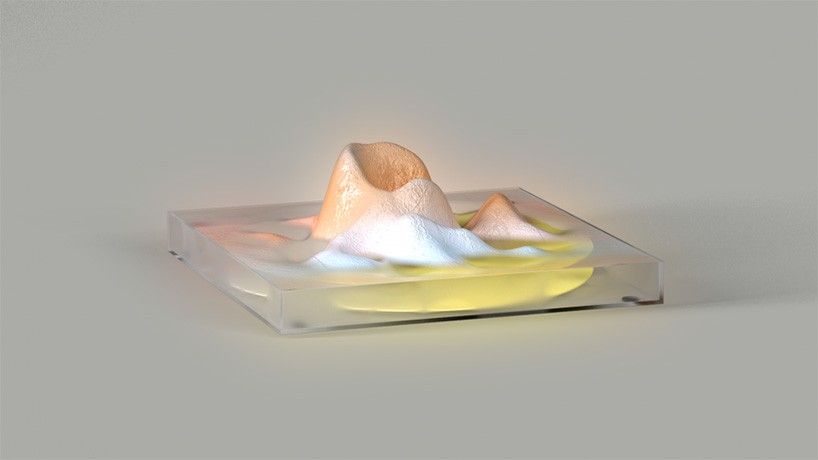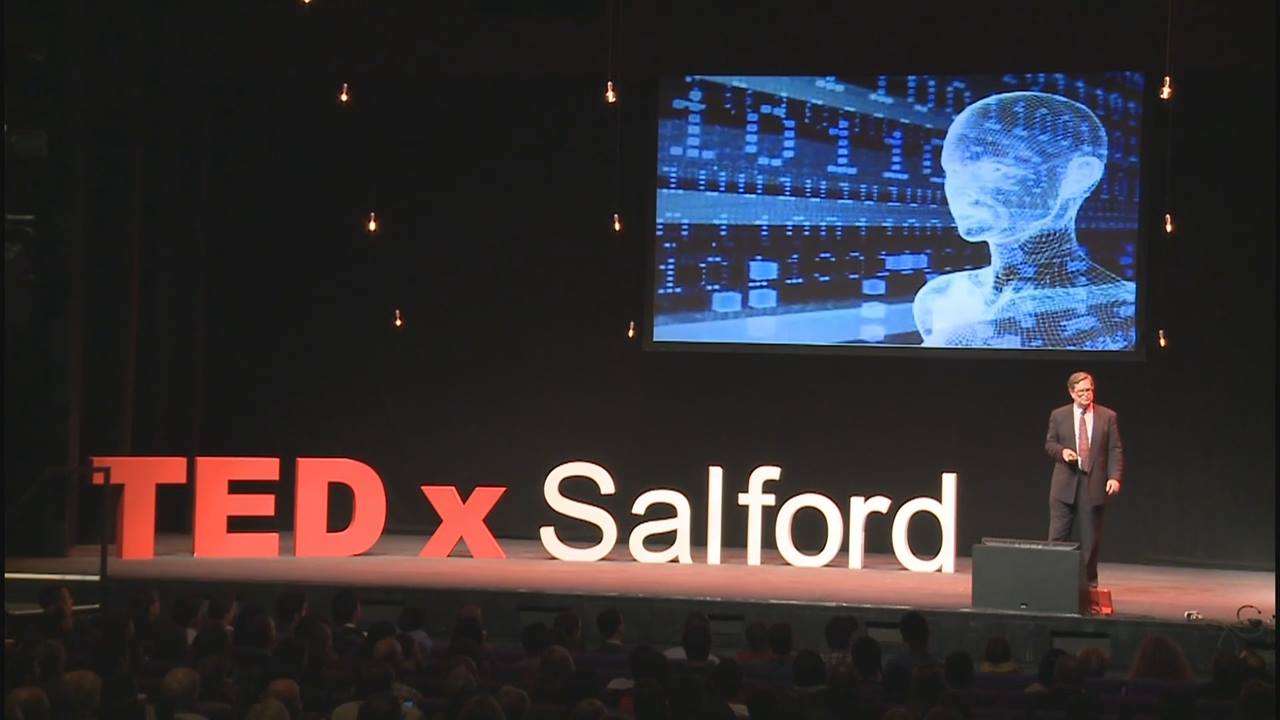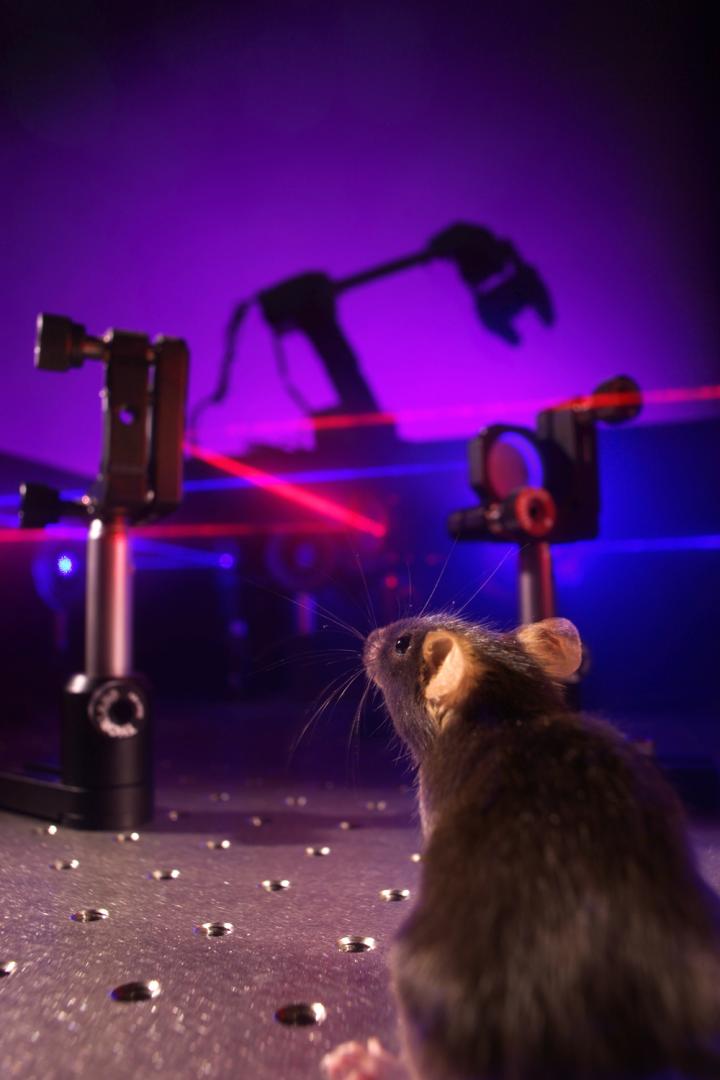Page 10496
Feb 27, 2017
Universal Everything’s Futuristic Prototypes Build on Humanity’s Relationship With Technology
Posted by Klaus Baldauf in categories: futurism, materials
‘screens of the future’ is a digital series of protuct prototypes based on the emerging technologies of flexible display and shape-shifting materials.
Feb 27, 2017
Customs Agents Demand IDs from Passengers on Domestic Flight
Posted by Mark Larkento in category: futurism
Keep duplicates in case the id isn’t returned.
In New York City, Customs and Border Protection agents met passengers as they exited a flight from San Francisco Wednesday, demanding to check their IDs. A staffer for VICE News who was aboard the flight captured photos of the incident, saying passengers were told they couldn’t disembark without showing their documents. The CBP later said its agents were assisting Immigration and Customs Enforcement in seeking a person ordered removed by an immigration judge.
Topics:
Continue reading “Customs Agents Demand IDs from Passengers on Domestic Flight” »
Feb 26, 2017
Biologists propose to sequence the DNA of all life on Earth
Posted by Shailesh Prasad in category: biotech/medical
Still-unfunded plan would start with all plants, animals, and other eukaryotes—some 1.5 million species—for the cost of the original human genome project.
Feb 26, 2017
You are a Simulation & Physics Can Prove It ׃ George Smoot
Posted by Shailesh Prasad in category: physics
Feb 26, 2017
Brain-machine interfaces: Bidirectional communication at last
Posted by Klaus Baldauf in categories: biotech/medical, cyborgs, robotics/AI
Since the early seventies, scientists have been developing brain-machine interfaces; the main application being the use of neural prosthesis in paralyzed patients or amputees. A prosthetic limb directly controlled by brain activity can partially recover the lost motor function. This is achieved by decoding neuronal activity recorded with electrodes and translating it into robotic movements. Such systems however have limited precision due to the absence of sensory feedback from the artificial limb. Neuroscientists at the University of Geneva (UNIGE), Switzerland, asked whether it was possible to transmit this missing sensation back to the brain by stimulating neural activity in the cortex. They discovered that not only was it possible to create an artificial sensation of neuroprosthetic movements, but that the underlying learning process occurs very rapidly. These findings, published in the scientific journal Neuron, were obtained by resorting to modern imaging and optical stimulation tools, offering an innovative alternative to the classical electrode approach.
Motor function is at the heart of all behavior and allows us to interact with the world. Therefore, replacing a lost limb with a robotic prosthesis is the subject of much research, yet successful outcomes are rare. Why is that? Until this moment, brain-machine interfaces are operated by relying largely on visual perception: the robotic arm is controlled by looking at it. The direct flow of information between the brain and the machine remains thus unidirectional. However, movement perception is not only based on vision but mostly on proprioception, the sensation of where the limb is located in space. “We have therefore asked whether it was possible to establish a bidirectional communication in a brain-machine interface: to simultaneously read out neural activity, translate it into prosthetic movement and reinject sensory feedback of this movement back in the brain”, explains Daniel Huber, professor in the Department of Basic Neurosciences of the Faculty of Medicine at UNIGE.
Providing artificial sensations of prosthetic movements.
Continue reading “Brain-machine interfaces: Bidirectional communication at last” »
Feb 26, 2017
10 Dangerous Brain-Damaging Habits to Stop Immediately
Posted by Karen Hurst in categories: biotech/medical, food, neuroscience
Need a new excuse for not working too late and or studying to hard well you have one as it can create brain damage.
The only organ in our body that ‘thinks’ is often the one we think the least about.
Our brain is the single most important organ in our body, controlling everything we do, from breathing, walking, eating, sleeping, etc. It’s the central processor for all our bodily functions, the part that interprets what we see and hear, smell and taste, and even a place where the chemical reaction associated with love occurs.
Continue reading “10 Dangerous Brain-Damaging Habits to Stop Immediately” »
Feb 26, 2017
IARPA Wants Ways to Protect Nation from Genome Editing
Posted by Karen Hurst in categories: bioengineering, biotech/medical, food
Sorry, you’re way, way too late as that genie is already in the hands to so many (good and bad) if we were going to control this; were over 2 years too late.
Gene editing could create pest-resistant crops, but it could also create new organisms that threaten humans, according to IARPA.
Feb 26, 2017
Nano-Satellites Getting Closer to Take-Off
Posted by Karen Hurst in category: satellites
This post is also available in:  עברית (Hebrew)
עברית (Hebrew)
Enhancing situational awareness is a vital mission also in space. The US Department of Defense’s Strategic Command Joint Space Operations Center got Sky and Space’s signature on an agreement ahead of the company’s planned launch of 200 nano-satellites into space, as space junk continues to be a big issue.
The agreement provides for Sky and Space to receive “space situational awareness services” from the US Department of Defence so the company’s nano-satellites will be able to avoid objects like space junk and other satellites.
Feb 26, 2017
5 books the head of MIT Media Lab thinks you should read
Posted by Karen Hurst in category: futurism
I agree as I have read 3 of the books in the list and all 3 were excellent”
The Seventh Sense, Change Agent, and Industries of the Future. I plan to get Wonderland next.
As 2016 winds to a close, Facebook called on 62 global influencers to share the books that made the greatest impact on them this year.
Continue reading “5 books the head of MIT Media Lab thinks you should read” »


















